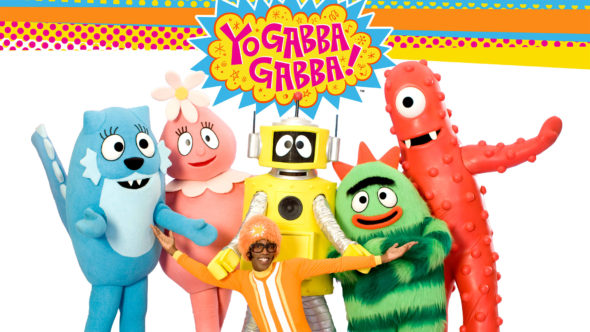#By giving up on graffiti, Bill de Blasio opens the door to more decline

“#By giving up on graffiti, Bill de Blasio opens the door to more decline”
July 23, 2020 | 8:01pm

The graffiti-marred Surrogates’ court across the street from “Occupy City Hall” in Lower Manhattan.
Stephen Yang
Nothing sent a stronger signal in the late 1980s that New York was determined to fight back from anarchy than the transit system’s campaign against subway graffiti. That campaign was based on broken-windows policing, a theory that recognizes that physical disorder and low-level lawlessness, such as graffiti, turnstile-jumping and litter, telegraph that social control has broken down. That low-level lawlessness invites more contempt for norms of behavior, including felony crime.
The subway authority declared victory over the graffiti vandals in 1989, even as privately funded business-improvement districts were increasing graffiti cleanup in retail corridors across the five boroughs. Inspired by broken-windows theory, Police Commissioner Ray Kelly, serving then under Mayor David Dinkins, removed the squeegee men who menaced helpless drivers queuing for the city’s bridges and tunnels. And with the mayoralty of Rudolph Giuliani in 1994, public-order maintenance entered the city’s governing philosophy.
The steepest crime drop of any big city in the country — nearly 80 percent over three decades — followed. Newly restored storefronts and avenues cleared of aggressive panhandlers invited a flood of tourists and new residents.
De Blasio paid lip service to broken-windows theory during his first term in City Hall. But an appreciation of public order doesn’t come naturally to a “progressive.” He has now reverted to type.
Attitudes towards graffiti are one of the biggest divides between the conservative and the progressive mindset. To a conservative, graffiti is self-evidently abhorrent, a spirit-crushing blight on the public realm and a theft of property by individuals who have accomplished next to nothing and who avenge their mediocrity by destroying what others have built through hard work and deferred gratification.
It is a round-the-clock reminder that in the perhaps recent past, unsocialized young men broke the law where you now stand and may still be in the neighborhood to commit crime again.
To a progressive, by contrast, graffiti is a “political statement,” as The New York Times recently put it, a courageous strike against stultifying bourgeois values. It represents urban grit and resistance to corporate hegemony. The property owner whose building has been unwillingly appropriated is a non-entity, the tagger is the vibrant anti-capitalist soul of the city.
The official reason for the termination of the graffiti-removal program, which allowed building owners and residents to report graffiti to 311 and receive city assistance in removing it, was New York’s straitened coronavirus finances.
That justification is unpersuasive. The administration found the resources this June to pay city workers to paint massive Black Lives Matter logos on the road in front of Trump Tower and on avenues in Harlem and Brooklyn, in the process putting the government’s imprimatur on a political viewpoint; de Blasio himself, on the taxpayer’s dime, joined the BLM paint-in on Fifth Avenue to make sure that President Trump understood the taunt against him.
And when two women scattered black paint on those BLM logos to protest anti-cop hatred, de Blasio’s administration found further resources to arrest and charge them with criminal mischief — for graffiti vandalism, no less — and to repaint the BLM slogans.
Meanwhile, the city tolerates plenty of other acts of mayhem, with Manhattan’s district attorney, Cy Vance, going so far as to decline to prosecute those arrested on unlawful-assembly and disorderly-conduct charges (to “minimize unnecessary interactions with the criminal justice system” and “reduce racial disparities”).
The graffiti-eradication program cost $3 million annually, not even a rounding error in the city’s $88 billion budget. The city spends multiples of that on overtly anti-white training in the Department of Education and on feckless nonprofits dedicated to political advocacy. Cutting the graffiti program wasn’t a fiscal necessity — it was a policy choice.
The decision to bow to the vandals will accelerate the city’s slide back to being ungovernable, a slide terrifyingly exemplified by ongoing violence against police officers. Ending graffiti cleanup shows that the understanding of what made the city governable was never universally shared.
Heather Mac Donald is a contributing editor of City Journal, from which this column was adapted.
If you want to read more Opinion News articles, you can visit our General category.
if you want to watch Movies or Tv Shows go to Dizi.BuradaBiliyorum.Com for forums sites go to Forum.BuradaBiliyorum.Com




